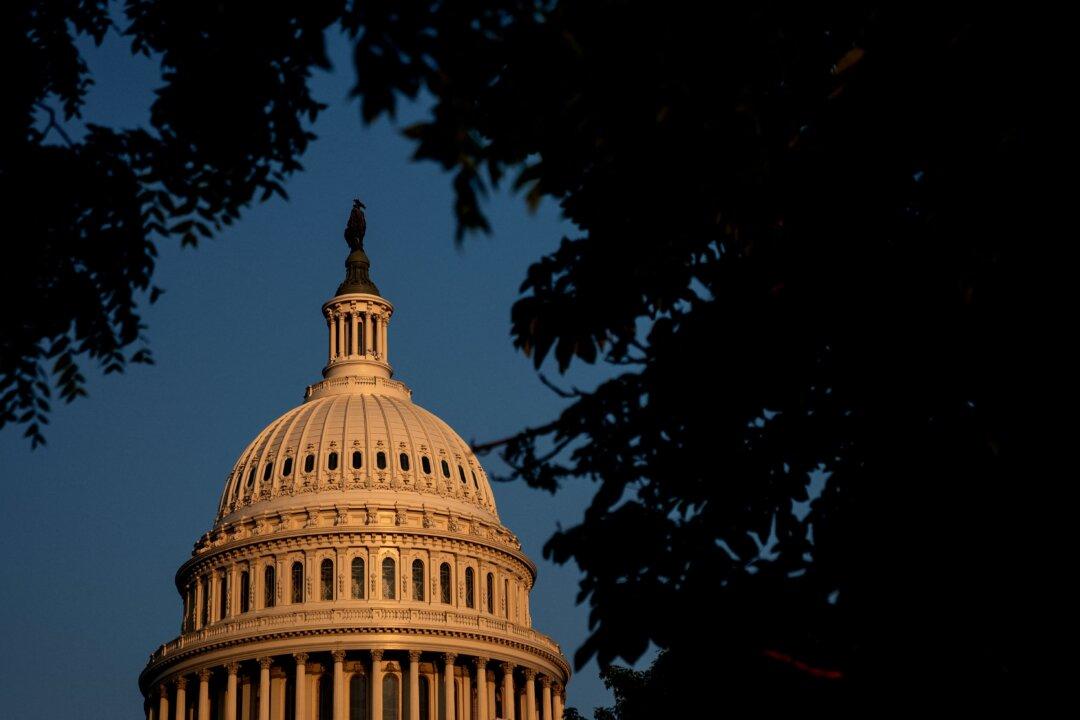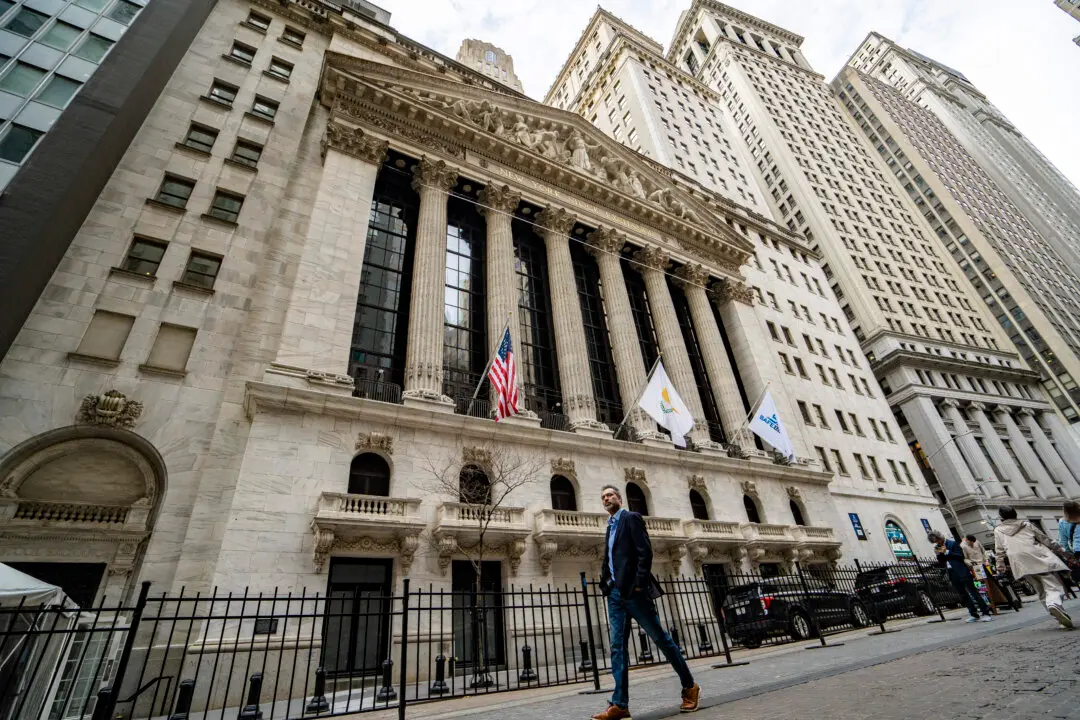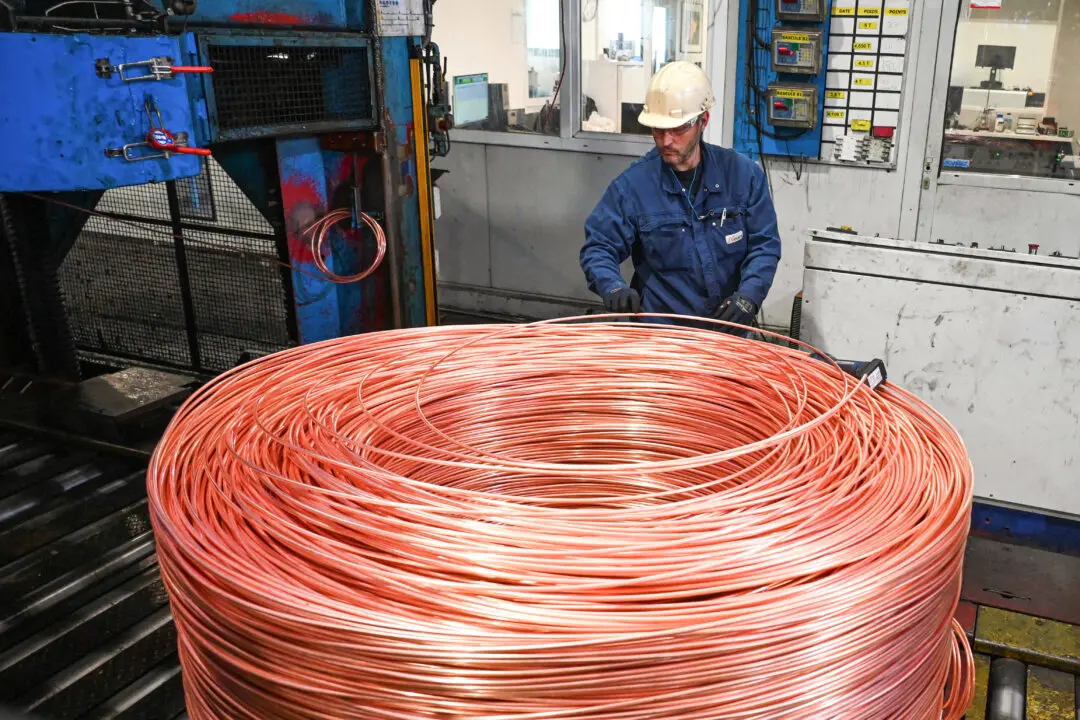News Analysis
In January 1948, then-Federal Reserve Chair Marriner Eccles, who had served as chief of the U.S. central bank since 1934, was terminated by then-President Harry Truman. The reasons given for the decision varied—from inflation management concerns to tighter federal regulations.





